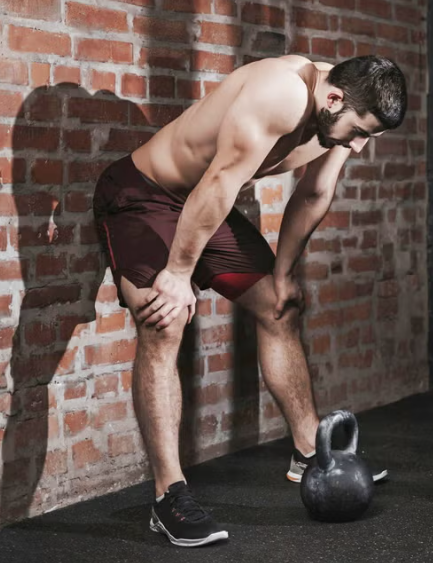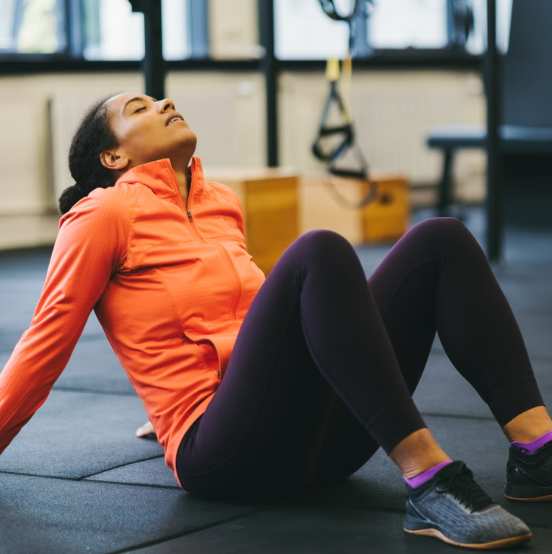
Why Prioritizing Technique is Essential for Lifting Success
When it comes to strength training, particularly in movements like the squat, bench press, and deadlift, technique is key. Over the years, I’ve worked closely with Boris Sheiko, a renowned figure in powerlifting, and one of the main principles he drilled into me is that technique always takes precedence.
In one of our group training sessions, we witnessed firsthand the importance of proper form. Despite being elite-level powerlifters, two members of our group were asked by Boris to not exceed 95 lbs during the squat session—this was far below even 50% of their one-rep max. Why? Their form needed improvement. This session highlighted a fundamental truth: refining technique can often yield faster progress than pushing heavier weights with poor form.
Why Technique Should Always Be a Priority
The human body is not a perfectly designed machine for lifting weights; rather, we are naturally at a mechanical disadvantage. Our bones function as levers, and understanding the physics behind this can help us see why technique is so critical.
In physics, levers are classified into three types: first-class, second-class, and third-class. First-class levers have the fulcrum between the resistance and the applied force. A common example in the human body is how we hold up our head, with the axis (fulcrum) being the joint at the base of the skull. Second-class levers, like a calf raise, have the resistance (body weight) between the fulcrum (toe joints) and the force (calf muscles). The most common type in the human body is the third-class lever, where the muscle force is applied between the resistance and the fulcrum, such as in a bicep curl.
The mechanics of these levers help explain why technique is so important. A longer lever requires more force to move the weight, which means that if we aren’t lifting with proper form, we’re making the exercise much harder than it needs to be. This leads to increased strain on muscles and joints, increasing the risk of injury and reducing the weight we can lift effectively.
The Role of Moment Arms in Technique
Another critical aspect of technique involves something called the moment arm. This is the distance between the joint axis and the line of force. For example, in a bicep curl, the length of the forearm acts as the moment arm, and the longer the forearm, the harder it is to lift the weight. Compound lifts, such as the squat, involve multiple moment arms, and one of the biggest technique flaws is the “good morning squat,” where the hips shift back and the chest falls forward.
This flaw extends the moment arm from the hip joint all the way past the midfoot, dramatically increasing the effort required to lift the weight. As a result, your body is put under more strain than necessary, making it harder to lift the weight and increasing the risk of injury.
The Impact of Poor Technique on Performance
When your technique falters, not only are you at a mechanical disadvantage, but you also increase the force needed to lift the weight. This puts additional strain on your muscles, which must not only lift the weight but also stabilize the joints. When you lose joint stability, the risk of injury skyrockets. Not only will you be lifting less, but you might end up unable to lift at all due to injury.
This is why it’s crucial to train with good form and avoid ego lifting. By focusing on proper technique, you ensure that your body is in a position that allows for more efficient lifting, minimizing the strain and reducing the risk of injury. Plus, when it comes to peak performance—whether it’s a competition or a personal best—lifting with correct form takes less energy than lifting with poor form. This difference in efficiency can often be the determining factor between success and failure.
Training for Better Technique
When you’re designing your training program, always prioritize good technique. Focus on building strength with proper form and avoid pushing yourself into positions where your body can’t handle the load. This approach will not only help you lift more effectively but also make your training sustainable in the long run.
As I often tell my lifters: You can only beat physics for so long.




